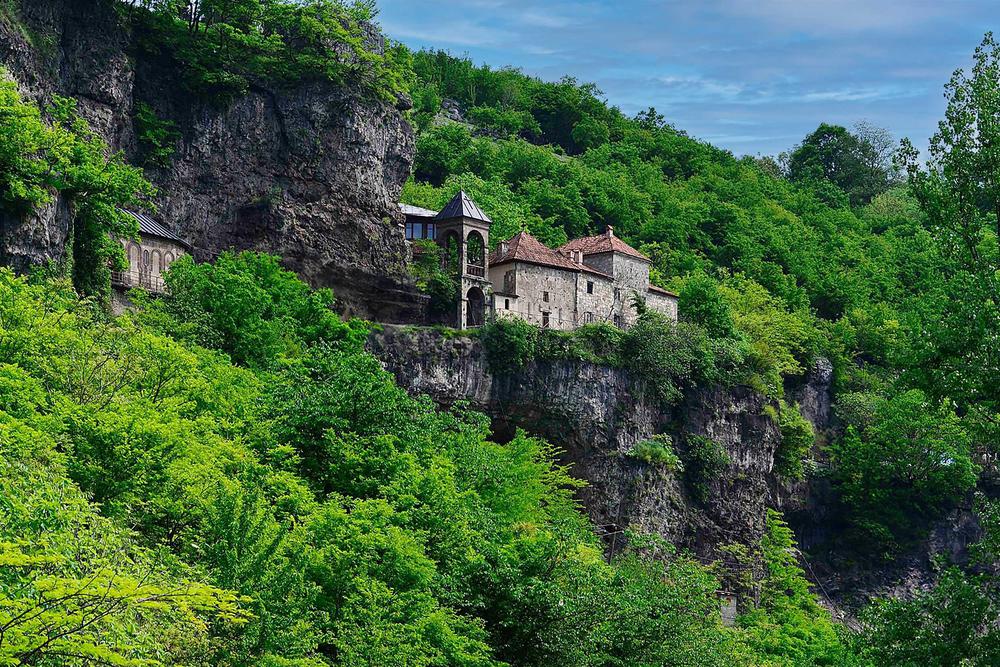Deep in the heart of Georgia's Chiatura municipality, a time capsule of the Earth's prehistoric past lies hidden. Welcome to the Dzudzuana Cave, a stunning geological masterpiece, and the cradle of the world's oldest dyed flax fibers. This subterranean wonder offers a thrilling journey back in time, tracing the origins of clothing to this very location.
In 2009, the American weekly magazine 'Science' made an extraordinary announcement. Archaeologists had unearthed the earliest known dyed flax fibers from this very cave, dating back an astounding 36,000 years. Before this discovery, Dolní-Vestonice in the Czech Republic held the record for the oldest threads, spun from nettle.
The advent of clothing, most likely from animal skins, marked a significant evolutionary step for early humans. It offered protection from harsh ice-age conditions, facilitating survival and population growth. But when did we first transition from animal skins to woven plant fibers? The answer lay buried deep within the Dzudzuana Cave.
These prehistoric textiles, over 30,000 years old, were likely dyed using local plants, as suggested by Eliso Kvavadze's pollen analysis. This revelation paints a vivid picture of our ingenious ancestors, harnessing nature's bounty to color their woven creations.
So intriguing was this textile technology, that some researchers speculate the mythic quest for the Golden Fleece by the Argonauts was, in fact, a mission to acquire the secret flax processing technique from Colchis, an ancient Georgian kingdom.
Today, the Dzudzuana Cave continues to captivate visitors. Nestled on the Nekrisi River's right bank near Mghvimevi village, the cave stretches a lengthy 175 meters (574 feet) long and dives 160 meters (525 feet) deep. This karst cave is a two-tiered labyrinth, with a charming stream coursing through it, enhancing its mystical allure.
Echoes of its upper Paleolithic inhabitants resonate in the rich array of artifacts uncovered, including human settlements and traces of fauna like brown and cavern bears, wild horses, bison, and ibex. The cave's mesmerizing dripstone formations add another layer of mystery, making a trip to the Dzudzuana Cave a must-visit for history enthusiasts and adventure seekers alike.












